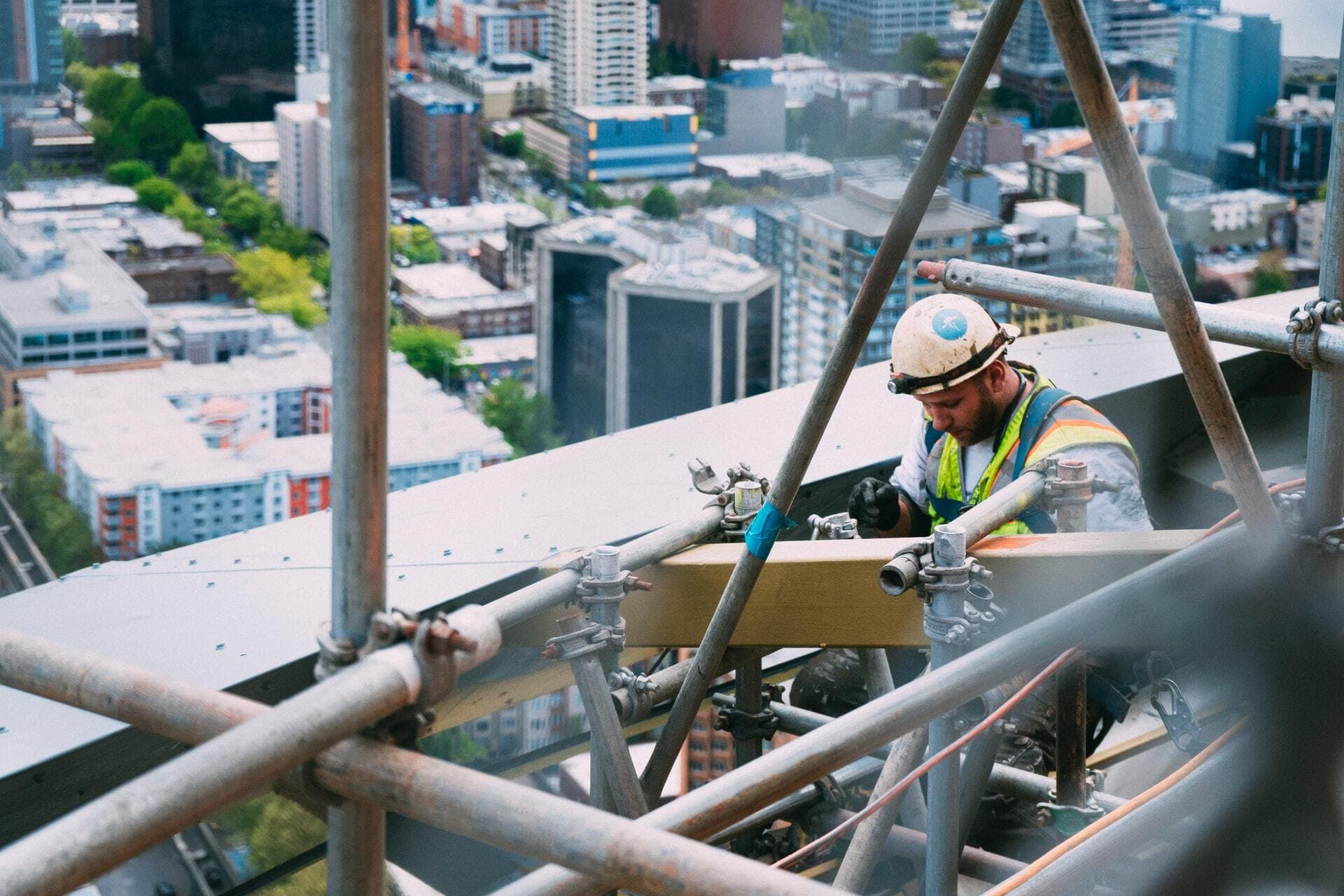
After an abysmal first half for M&A in 2020, dealmakers roared back into action. But will the momentum be sustained to the end of the year?
We look at what a strong M&A finish means for 2021.
Early 2020 was a wasteland for M&A, as investors froze transactions, markets panicked, and vendors wondered if they had a business left to sell.
By the second half, however, everything changed.
Dealmakers rediscovered their investment appetite following the freefall induced by the COVID-19 pandemic, completing US$2.5 trillion in mergers and acquisitions in the second half of 2020.
Global deal values increased by 122 per cent in the latter half of last year, compared to the first six months, according to research conducted by Baker Tilly International and M&A intelligence provider Mergermarket for the Global Dealmakers: Cross-border M&A in 2021 report.
The result saw the second half record some of the highest activity on record, with the fourth quarter recording approximately six times as many deals as in Q2, when the pandemic really took hold.
Michael Sonego, Baker Tilly Global Corporate Finance Lead, says that although deals were down 9 per cent in value overall in 2020, and down 12 per cent in volume, expectations were far worse.
“In the initial disruption, people hunkered down to assess what they needed to do for their business to survive,” he said.
“But once they were comfortable with survival, they recommenced stalled deals and started new ones, which resulted in a spike in the second half of the year and contributed to the significant recovery.”
The Baker Tilly report found regional growth was uneven.
Asia Pacific expanded its importance as an M&A market, with strong growth in deals completed by value, while North American investors went hunting for European assets in 2020, growing the value of deals completed by 135 per cent year-on-year.
North America remains the dominant market for M&A, with 43 per cent of global values, but its share fell back seven percentage points compared to 2019. Europe was chief among its targets, as investors captured $266 billion worth of assets.
The value of Asia Pacific’s deals rose to 28 per cent of the global total, up from 23 per cent in 2019, while it remained the leader in terms of volumes, accounting for 37 per cent.
Latin America, Africa and the Middle East, each a small market, saw a decline in the value of deals.
Asia Pacific’s deal-making capacity stems largely from Chinese investment, which supported 63 per cent of value for the region and more than half the deal volumes.
Mr Sonego said that — subject to any major shocks — 2021 looked like being a record year for dealmaking within Asia Pacific as economies wind back up.
“Across the wider region, nations such as Japan, Vietnam and Taiwan had a fairly quiet 2020, but they also performed well in keeping the pandemic under control,” he said.
“I would expect those nations and the region will be far more active on the dealmaking front as their economies recover, as China’s dealmaking also maintains its strength.
“Last year ended up being the rise of China in China, as the nation reduced its activity globally. Some 63 per cent of Asia’s deals originated from China, but China’s dealmaking activity was heavily concentrated in the domestic market, which was 94 per cent of its investments.
“China will continue to have challenges in cross border deal activity, due to protectionism, but it will remain active domestically.”
Tech takes the crown, again
The technology, media and telecommunications sector remained the market darling in 2020, accounting for 31 per cent of global M&A value (US$1.1 trillion) as the sector grew from 25 per cent of the overall market in 2019.
“The success of TMT was really a culmination of the investment that’s been made by businesses and governments into growing the sector over recent years,” Mr Sonego said.
“The world was pushed into a new working environment all at once, then the ability to continue a deal process around a tech transaction all came together in a glorious fashion to make the sector a standout.
“Automation and streamlining processes suddenly became important because you couldn’t have people standing next to each other on a factory floor or collaborating together in the office.
“Compare technology to a sector like mining, where overseas buyers couldn’t fly in to inspect a site. It wasn’t impossible but it was extremely challenging to do a deal, whereas tech doesn’t have the same barriers.”
Energy, mining and utilities M&A was the next best sector, with 14 per cent of deal value and 8 per cent of volume. Mergermarket intelligence indicates the pandemic has been a catalyst for speeding up tectonic shifts in the energy and natural resources landscape.
Financial services deals also made up 11 per cent of the global picture, while pharmaceutical, medical and biotech companies saw high levels of interest in terms of cross-border M&A, also making up 11 per cent of value.
The sector emerged as a growth sector as the global pandemic shone the spotlight on the need for greater medical care and infrastructure.
Dry powder finally put to use
In a sign that private equity was finally beginning to move, PE investment reached its highest level in more than a decade as the sector drove the recovery and put its vast amounts of dry powder to work in the latter part of 2020.
In the second half of 2020 the value of PE deals increased 121 per cent compared with the first six months.
“We saw in the Australia report that succession planning has been a driver and that’s a key target for private equity, as they look for those mid-size businesses to bring them together to create a large group.” –
PE’s investment in technology, with an annual deal value of US$296.9 billion, meant that the next highest sector (energy, mining and utilities) attracted less than half the investment value of TMT and less than a quarter of its total deals.
Mr Sonego said the report showed PE firms were among the first movers as economies began to reopen after the COVID-19 outbreaks and the crisis may have been the catalyst for business founders to enact a succession plan.
“The pandemic may have bought on the push for succession that we’ve been waiting for,” he said.
“We saw in the Australia report that succession planning has been a driver and that’s a key target for private equity, as they look for those mid-size businesses to bring them together to create a large group.
“A lot of business owners don’t want to have to go through something like the pandemic again, with the stresses that it caused, and they would like to get out or at least be in those trenches with a partner the next time around.
“Business owners may be looking to de-risk their personal balance sheet by cashing in some of their business now, and having a more diversified portfolio of wealth between business and other assets.”
From surviving to surging
Mr Sonego says there is good reason to believe that the strength of last year’s recovery will flow into 2021.
“The market sentiment is upbeat and the high deal activity in the second half of 2020 has dampened fears that the market was in for a long recovery, as we saw after the global financial crisis in 2009,” he said.
“Interest rates remain low, which has created enthusiasm among buyers to pursue M&A to expand their businesses and dealmakers have shown resilience and innovation to get deals done if that’s what the business requires.
“There are many risks and factors that could upset growth in the coming year and continued growth is not guaranteed.
“Dealmaker optimism may hinge on the effectiveness of COVID-19 vaccines being rolled out. Setbacks in vaccine distribution or new waves of the virus could have a knock-on impact on confidence.
“But certainly, the signs are promising for an economic recovery and dealmakers are confident that the strength of the current rebound will gain momentum in the year ahead.”









